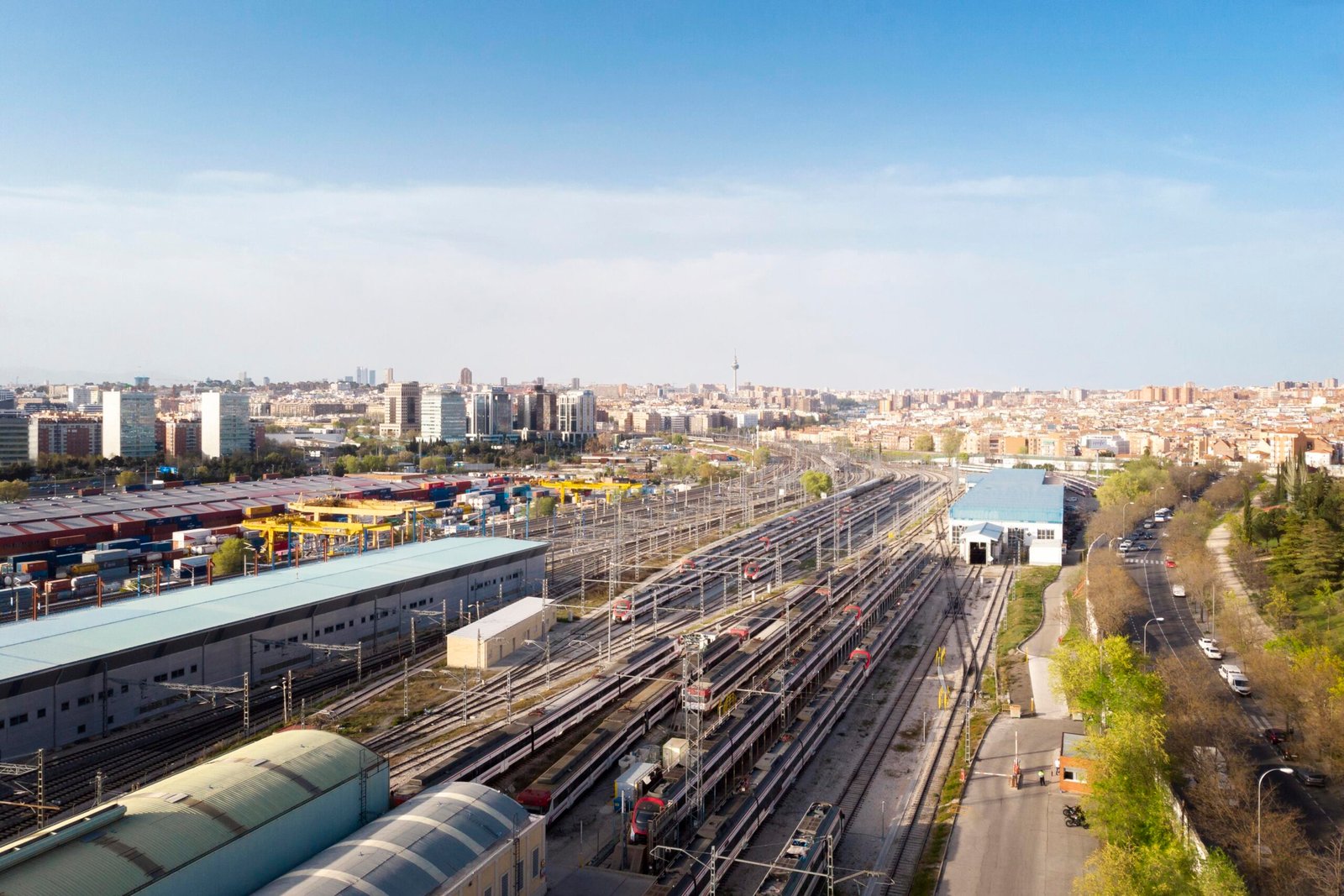Expansion of the Metro Rail in Hyderabad and Its Impacts on Real Estate

Introduction
The City of Pearls, Hyderabad has been experiencing tremendous urbanisation and development over the last few decades. The real estate market in the city has been primarily driven by one of the major spurts of this transformation – the growth of the metro rail network. But what exactly has this metro expansion done to Hyderabad’s Real Estate?
Hyderabad Metro Rail Historical Background
Hyderabad Metro Rail inaugurated in November 2017 brought another milestone in the public transport system of Hyderabad city. The project was aimed at tackling massive traffic congestion and providing a trustable and efficient medium of travelling. Among the first lines was the Red Line starting at Key parts of
the city. Over the years, the metro has expanded its reach, bringing more areas under its umbrella.
Current Metro Rail Network
Today, Hyderabad boasts an extensive metro network that spans over 69 kilometres, with more than 50 stations. Key routes include the Miyapur-LB Nagar line, the JBS-Falaknuma line, and the Nagole-Raidurg line. These lines connect major commercial and residential hubs, making commuting convenient and efficient for thousands of daily passengers.
Future Expansion Plans
The future looks promising with several expansion plans on the horizon. Upcoming projects include extensions to the existing lines and the introduction of new lines to cover more areas. The government is heavily investing in these initiatives, aiming to make metro connectivity ubiquitous across Hyderabad. This expansion is expected to further bolster the real estate market, creating new opportunities for development and investment.
Impact on Real Estate Prices
One of the most significant impacts of the metro rail expansion has been on property prices. Areas along metro lines have seen a notable increase in real estate values compared to those not connected by the metro. Proximity to a metro station has become a key selling point, driving up demand and, consequently, prices.
Residential Real Estate Boom
The metro rail has spurred a residential real estate boom. Developers are capitalising on the increased connectivity by launching new housing projects near metro lines. Homebuyers are attracted to these locations for the convenience of commuting, leading to a surge in demand for residential properties.
Commercial Real Estate Growth
The commercial real estate sector has also benefited immensely. The metro rail has facilitated the rise of business hubs and office spaces, particularly in areas like Hitec City and Gachibowli. Multinational companies are drawn to these well-connected areas, further driving commercial real estate development.
Enhanced Connectivity and Accessibility
Enhanced connectivity is one of the metro’s standout benefits. Reduced travel time and ease of access have made metro-connected areas highly desirable. This accessibility has not only improved daily commuting but also increased the overall property value in these regions.
Urbanisation and Infrastructure Development
The metro rail has played a pivotal role in the modernization of urban areas. Alongside metro stations, we see improved infrastructure, including better roads, shopping centers, and public amenities. These developments contribute to the urbanization of previously underdeveloped areas, making them attractive for both residential and commercial investments.
Economic Benefits
The economic benefits of metro expansion are manifold. It has created numerous job opportunities, both directly and indirectly. Local businesses around metro stations thrive due to increased foot traffic, boosting the local economy. Moreover, the ease of commuting encourages more business activities and investments in the city.
Environmental Impact
From an environmental perspective, the metro rail is a game-changer. By providing a reliable alternative to private vehicles, it helps reduce traffic congestion and pollution. This shift towards sustainable urban transport is crucial for Hyderabad’s long-term environmental health.
Challenges and Solutions
Despite the numerous benefits, metro expansion comes with challenges. Displacement and resettlement issues arise as new lines are developed. Addressing these concerns through fair compensation and resettlement plans is essential. Additionally, ensuring affordable housing near metro lines remains a challenge that needs strategic planning and policy support.
Case Studies of Specific Areas
- Gachibowli
Gachibowli has transformed into a bustling business hub, thanks in part to metro connectivity. The presence of the metro has made it an attractive location for IT companies and real estate developers.
- Hitec City
Hitec City, known for its tech parks and offices, has seen a significant boost in commercial real estate due to the metro. Improved connectivity has made it easier for professionals to commute, enhancing its appeal.
- Miyapur
Miyapur, a residential area, has witnessed a surge in housing projects. The metro has made it a preferred location for families looking for affordable yet well-connected living spaces.
- Public Perception and Adaptation
Public response to the metro expansion has been overwhelmingly positive. Commuters appreciate the convenience and efficiency, leading to changes in commuting patterns. More people are opting for the metro over private vehicles, highlighting the project’s success in addressing urban transport challenges.
Conclusion
The expansion of the metro rail has undeniably benefited Hyderabad’s real estate market. From boosting property prices to driving urbanization and economic growth, the impacts are far-reaching. As the network continues to grow, we can expect further positive developments in the city’s real estate landscape.
FAQ’s
1. What areas in Hyderabad benefit the most from the metro expansion?
A. Areas like Gachibowli, Hitec City, and Miyapur have seen significant benefits due to their proximity to metro lines.
2. How has the metro rail affected property prices?
A. Property prices along metro lines have increased significantly, driven by higher demand for metro-connected locations.
3. What are the upcoming metro projects in Hyderabad?
A. Upcoming projects include extensions to existing lines and new lines covering more areas, aimed at enhancing city-wide connectivity.
4. How does the metro rail contribute to sustainable urban development?
A. By reducing traffic congestion and pollution, the metro rail promotes a more sustainable urban transport system.
5. Are there any negative impacts of metro rail expansion?
A. Challenges include displacement issues and ensuring affordable housing near metro lines, which require careful planning and policy support.



